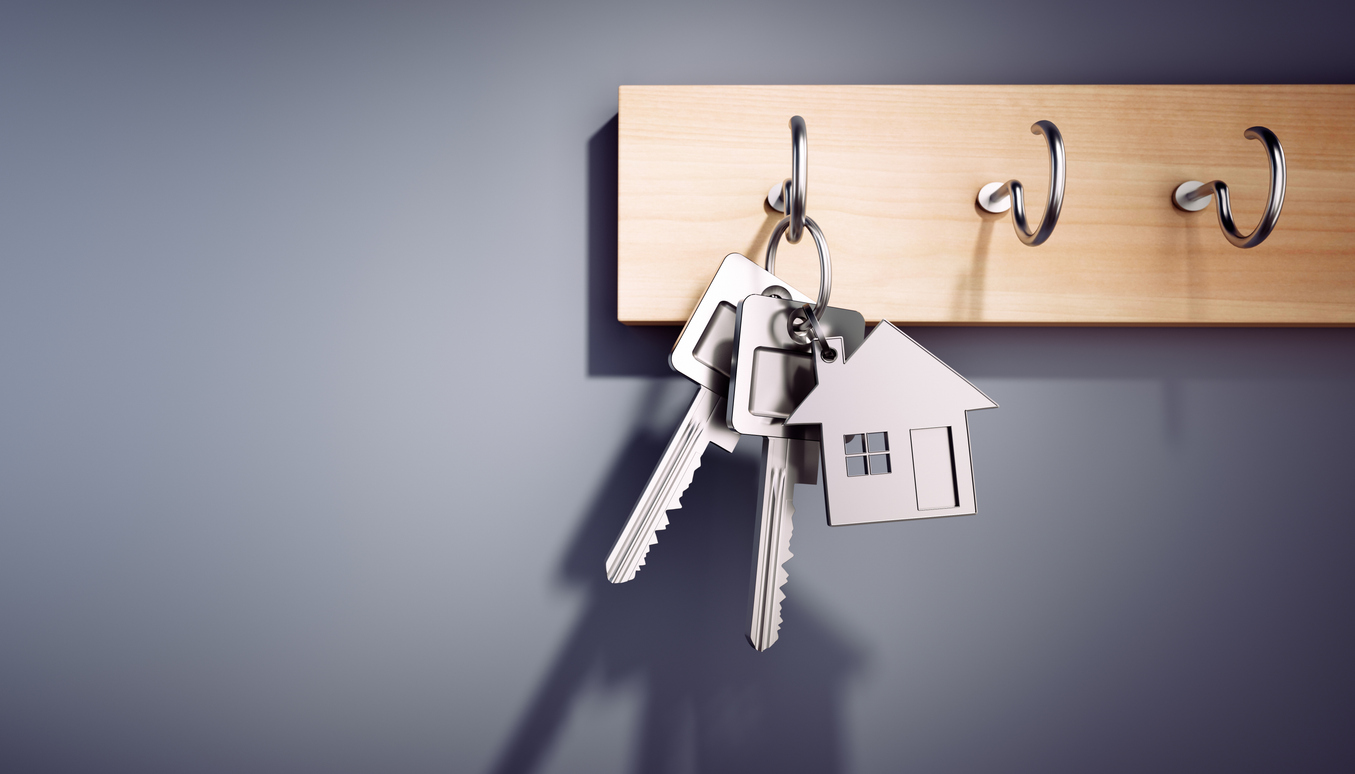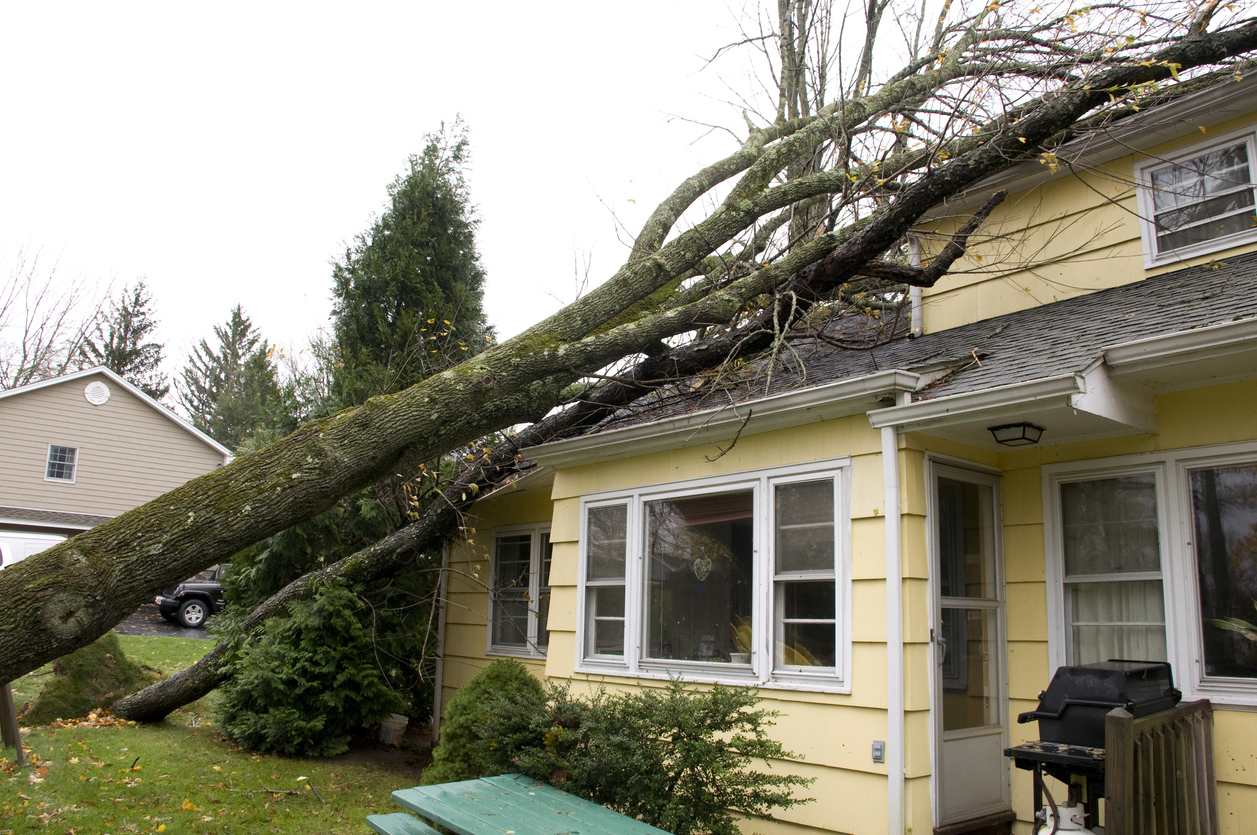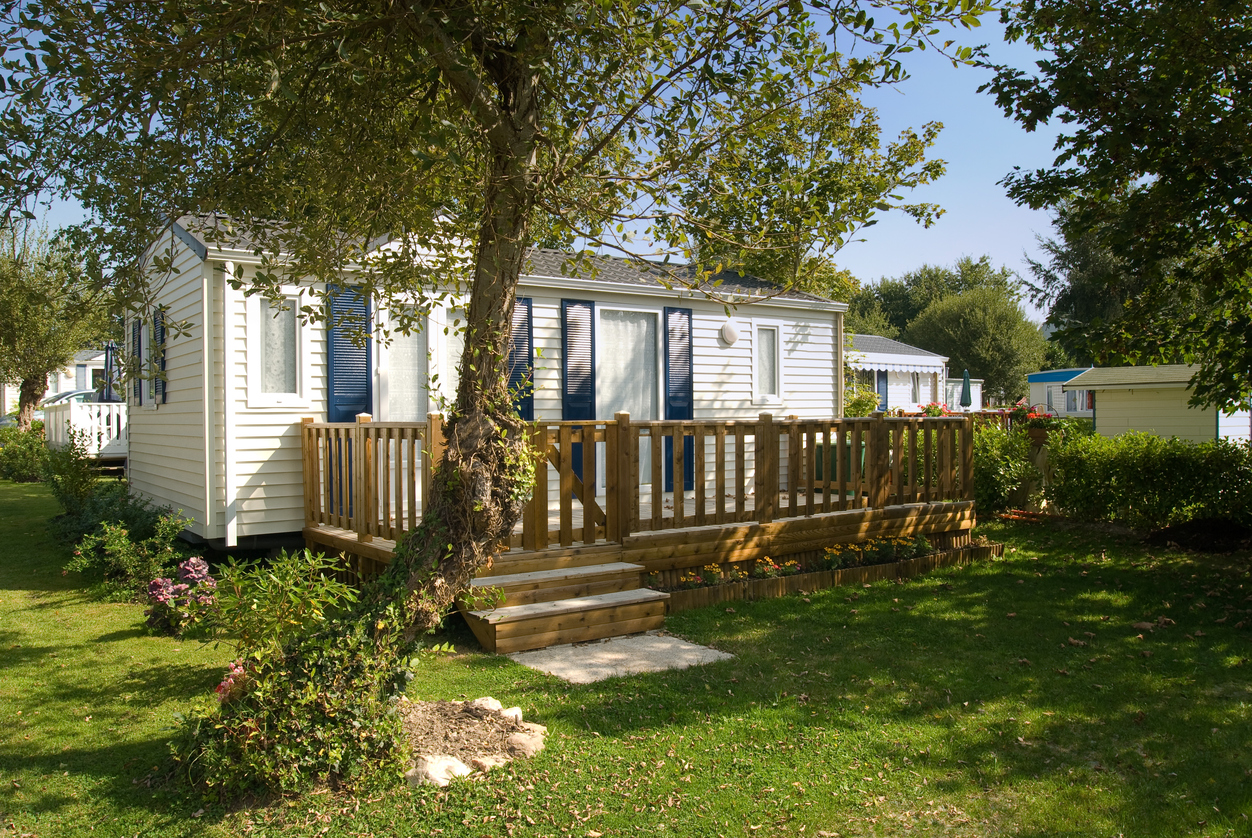Understanding Home Insurance Coverages.
With the price of things these days it’s important to make sure we understand insurance coverages so that in the case of a claim, we know what we’re ready for. When buying a new home you will find that home insurance is needed to get a mortgage, and if you’re lucky enough to not need a mortgage, it is still important to make sure you are properly protected. Losing a home and belongings is devastating enough – don’t leave yourself with no way to recover.
Understanding home insurance policies and coverages can be complicated – but don’t worry! Cheep Insurance and our experienced flock is here to help. This first home insurance blog will be about basic policy types and coverages – and stay tuned for more information coming in the future!
Home insurance policies come in many forms – we always try to make sure clients are covered by a “comprehensive policy” – this type of policy provides the most protection for homes and belongings. However, if your home has not had recent updates (within the last 20 years or so), if you have never had home insurance, or if you have been cancelled for non-payment in the past, you may not be eligible for a comprehensive policy. If you have questions about your specific circumstances, reach out to our team at [email protected] or 1-866-92-CHEEP (24337).
In this post, we’ll look at the basic coverages usually provided by a Comprehensive Home Insurance Policy. Even if you do not qualify for a comprehensive policy, coverages like building coverage, contents coverage, and liability coverage are usually offered in even the most basic of policies. Your policy documents will outline the coverages and limits provided in your specific policy.
Building/Dwelling Coverage.
When it comes to home insurance, “Building” or “Dwelling” coverage typically includes protection for the structure of your home, such as walls, roof, and foundation. The limit for this coverage is the maximum your insurance company will pay out in the event of a claim, and is calculated using home evaluation software – this calculates the rebuild cost of your home based on information like square footage, year built, updates, number of bathrooms, etc.
Always make sure you know if your homeowner’s policy has “Guaranteed Replacement Cost” – this will make sure your home rebuild is covered, no matter what it costs at the time of loss. This provides additional protection against rising costs and inflation.
*Note that Building/Dwelling coverage is based on the rebuild value of your home. If you need to insure the market value of your home, you may want to look into mortgage insurance.
Additional Buildings and Structures.
Many people have buildings or structures on their property other than the main home. This may include storage sheds, baby barns, attached fences, etc. Make sure that your insurance company knows these structures are part of your property, and if there are any valuable items (such as lawnmowers) stored inside. This coverage is usually included in a comprehensive home policy with a limit that is a set percentage of the main Building/Dwelling limit.
Contents Coverage.
Your belongings make your nest truly feel like home, so it’s important to have contents coverage. This part of home insurance protects your personal belongings, such as furniture, appliances, clothing, electronics, and even your favorite home décor. On most policies, the limit for this coverage is based on a percentage of the dwelling limit. Home insurance policies also contain “special limits” for items such as electronics, bikes, etc. so be sure to check your policy docs or with your broker if you have questions about specialty items. If you have full collections or valuable items (such as artwork, jewellery, etc.) you should consider “scheduling” them onto your policy – which provides these items with their own insurance, separate from the limit applied to the rest of your belongings.
Additional Living Expenses.
In the unfortunate event that an insured loss makes your home unlivable, additional living expenses coverage can provide a soft landing. This coverage helps with expenses such as hotel stays, meals, and other necessary costs while your home is being repaired or rebuilt. Depending on your policy, this can even cover expenses such as emergency vet bills if your pet is hurt as a result of the incident. It’s a comforting safety net that helps with costs while you start to recover from a loss.
Personal Liability Coverage.
Life is full of surprises, and sometimes accidents happen. That’s where personal liability coverage swoops in to save the day. If you accidentally cause damage to someone else’s property or if a visitor gets injured while visiting your property, personal liability coverage can help cover legal expenses and potential damages. Remember that you are responsible for any injuries that occur on your property – whether you invited the person or not.
These are just some of the very basic coverages that are often included when you purchase a home insurance policy. Insurance providers will offer optional coverages that can really save your tail – such as water coverages, service line coverage, by-law coverage, home business coverage, and more – make sure to tell your Insurance Broker about anything that may bring potential for loss to your home. The more information you can provide on your lifestyle, the more accurate the information will be on your policy. This can really save you in the event of a claim.
Remember to review your policy regularly and make updates as needed. Life changes, and so should your insurance coverage. Stay informed, protect your nest, and enjoy the peace of mind that comes with having comprehensive home insurance coverage in the Atlantic Provinces.







 Most policies insured with Cheep Insurance are Agency Bill/IFS financed policies. You can determine who manages your payments by following the directions below. If you are still not sure who manages your payments, call our team as funds paid directly to the insurance company when they should go to IFS will cause large delays.
Most policies insured with Cheep Insurance are Agency Bill/IFS financed policies. You can determine who manages your payments by following the directions below. If you are still not sure who manages your payments, call our team as funds paid directly to the insurance company when they should go to IFS will cause large delays.